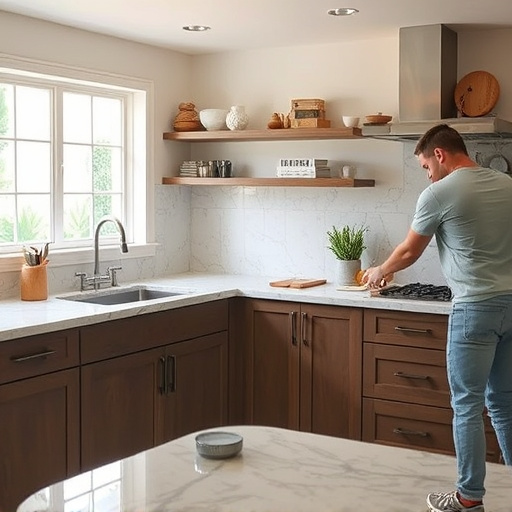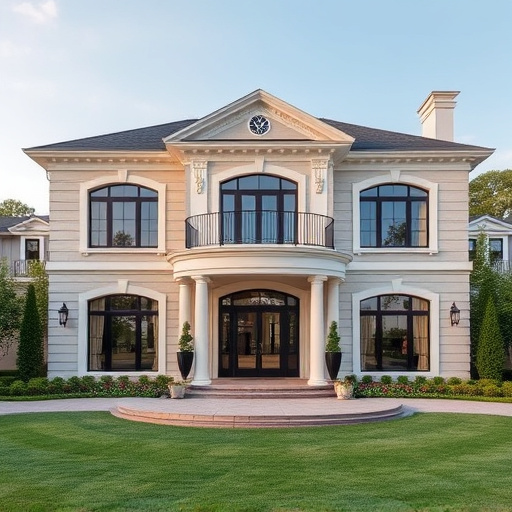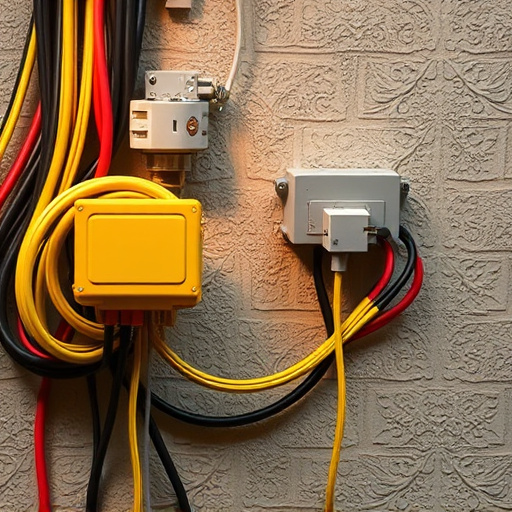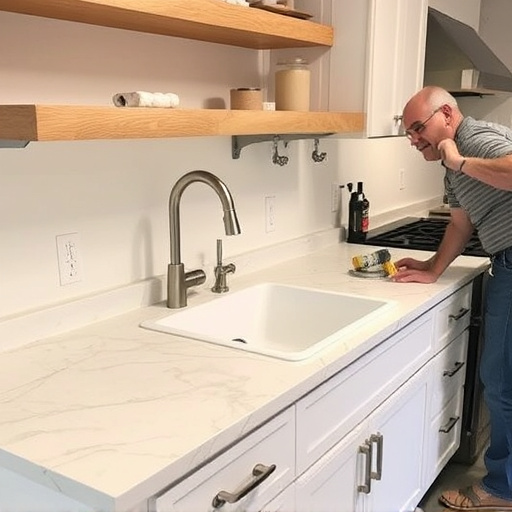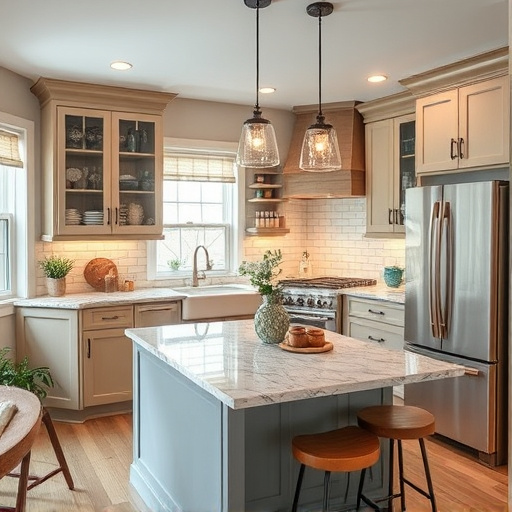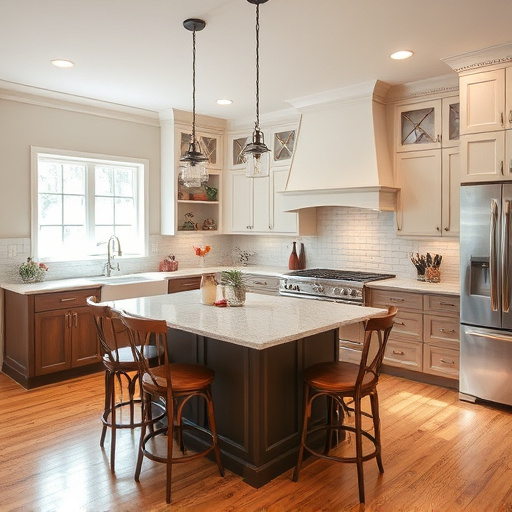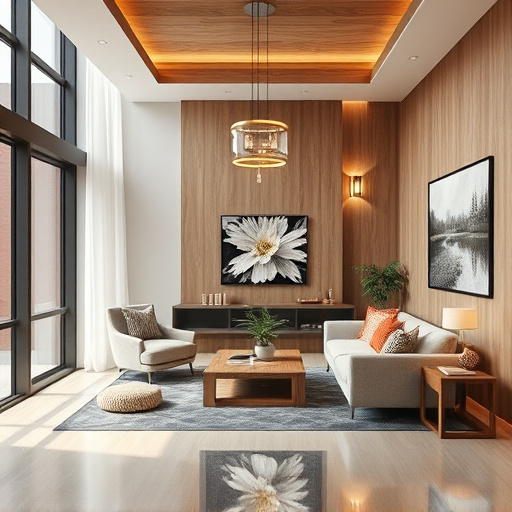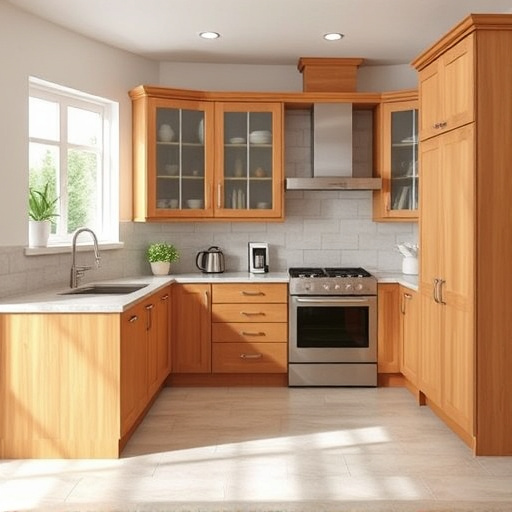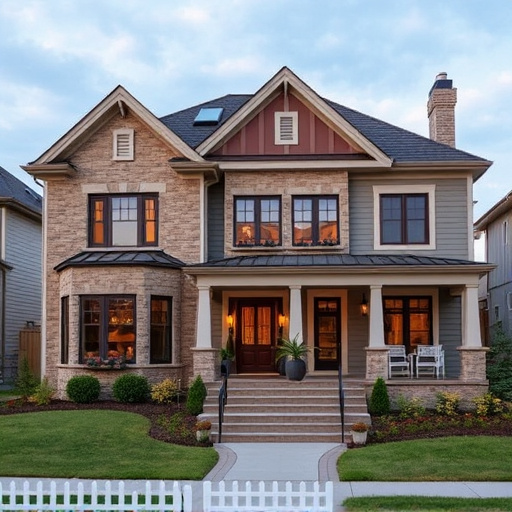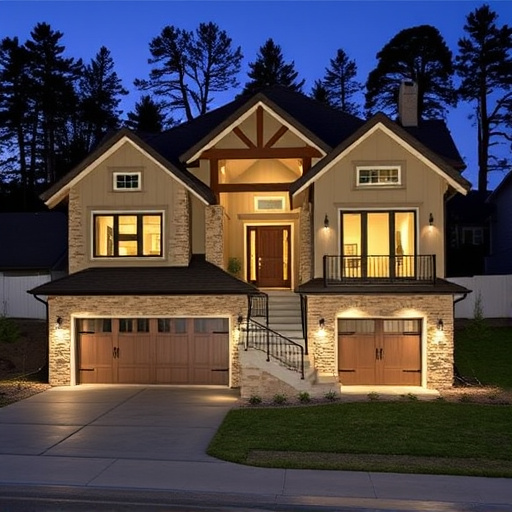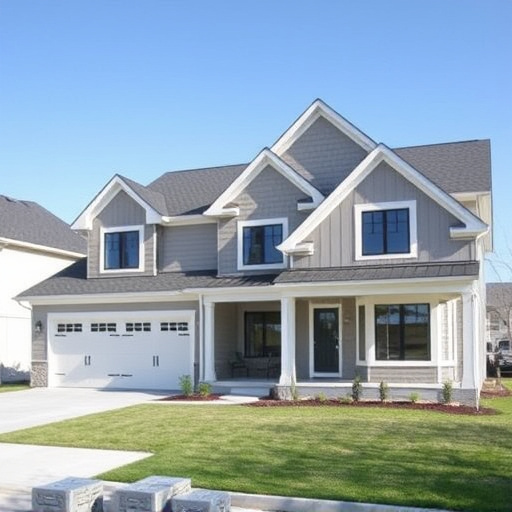Color psychology plays a pivotal role in office remodels, impacting emotions and productivity. Warm tones energize common areas, while cool hues promote focus in workstations. Neutral bases enhance aesthetics and functionality, enabling easy transitions and future accent color additions. Blue and green accents boost productivity and collaboration, with lighter blues for concentration and greener hues for relaxation. Strategic interior painting creates tailored zones catering to diverse workspace needs and brand identity, ultimately enhancing employee and client satisfaction.
Transforming your office space through a remodel? Color plays a pivotal role in setting the mood and influencing productivity. In this guide, we explore the best colors to integrate into your office redesign. From understanding color psychology to choosing neutral tones, vibrant accents of blue and green, and the science behind it all, discover how to create an environment that fosters focus, collaboration, and well-being. Elevate your office remodel with these inspired color choices.
- Understanding Color Psychology in Office Spaces
- Neutral Tones: Creating a Calm and Professional Base
- Accents of Blue and Green for Productivity Boost
Understanding Color Psychology in Office Spaces
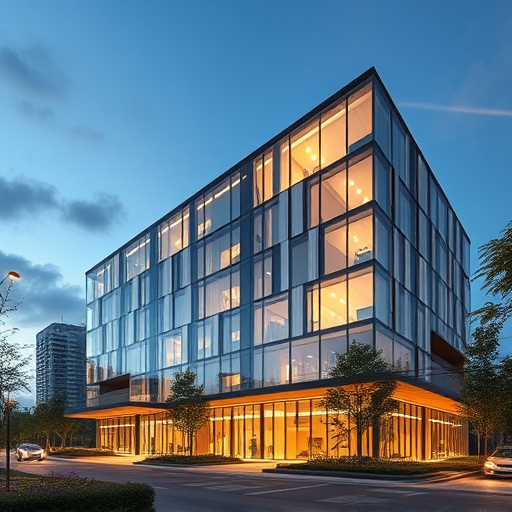
Color plays a significant role in shaping the mood and productivity of an office space. Understanding color psychology can help designers create environments that foster collaboration, creativity, and well-being. Different colors evoke varying emotional responses; for instance, warm hues like yellow and orange can stimulate conversation and energy, making them suitable for common areas or break rooms to encourage interaction. On the other hand, cooler tones such as blues and greens are associated with calmness and focus, ideal for individual workstations or meeting rooms where concentration is key.
In an office remodel, considering color psychology alongside ergonomic design and lighting can transform a mundane workspace into a vibrant, inspiring environment. Incorporating calming colors in bathroom renovations or kitchen and bath areas can create oases within the work environment, promoting relaxation and recharge during busy days. Just as importantly, it helps to choose colors that align with the brand’s identity and the desired atmosphere, ensuring a cohesive and engaging space for employees and clients alike.
Neutral Tones: Creating a Calm and Professional Base
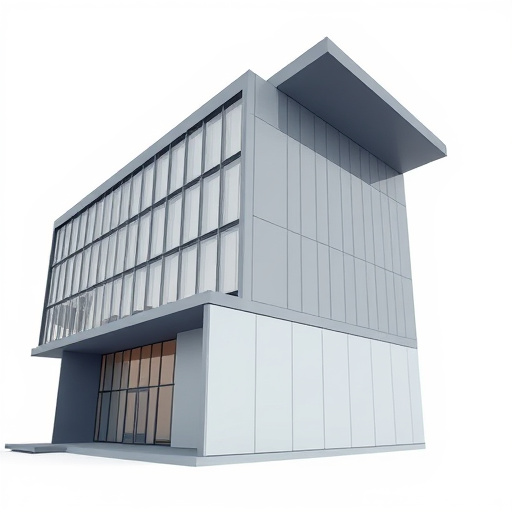
When designing an office remodel, establishing a solid base with neutral tones can dramatically impact the overall aesthetic and functionality of the space. These shades, often described as earth-inspired, offer a calm and sophisticated backdrop that is both inviting and professional. Think creamy whites, soft grays, and warm beiges—colors that promote focus and create an environment conducive to productivity. Neutral tones are versatile, allowing for easy transitions from one area to another and providing a canvas for accent colors later on.
In the realm of home transformations, particularly whole house remodels, neutral tones act as a unifying force, ensuring each room flows seamlessly into the next. And while exterior painting is an exciting aspect of any remodel, these versatile shades can also be applied indoors, creating a sense of consistency and tranquility throughout the workspace.
Accents of Blue and Green for Productivity Boost
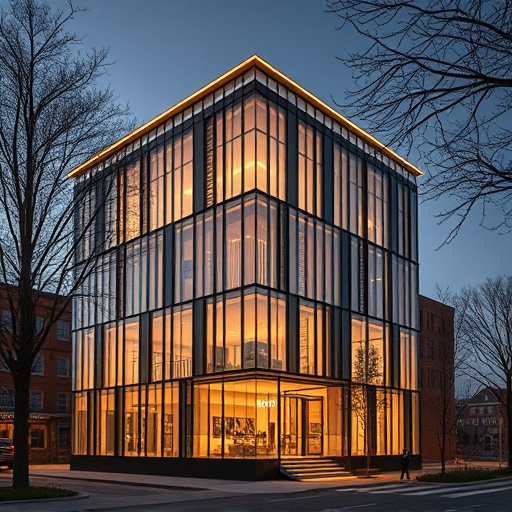
Incorporating accents of blue and green into your office remodel design can significantly boost productivity. These colors are known to have calming effects on the mind, promoting focus and clarity in work environments. Blue, with its association to stability and trust, creates a sense of tranquility that fosters efficient collaboration. Shades of green add an element of freshness and relaxation, enhancing creativity and reducing stress levels. This combination is particularly effective for open-plan offices where multiple tasks are often juggled simultaneously.
When considering an office remodel, renovation services should focus on strategically placing these colors to create designated zones for different types of work. For instance, lighter shades of blue can be used in areas requiring deep concentration, while greener hues might be ideal for break rooms or collaborative spaces. Interior painting plays a crucial role here, offering endless possibilities to blend and match tones that cater to the specific needs and aesthetics of your workspace.
When remodeling your office, consider the power of color psychology to transform the space. Neutral tones establish a calm and professional environment, while strategic accents of blue and green can boost productivity. By thoughtfully incorporating these colors into your design, you create an inviting, productive, and aesthetically pleasing workspace that reflects your brand and enhances employee satisfaction in your office remodel.




